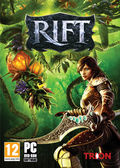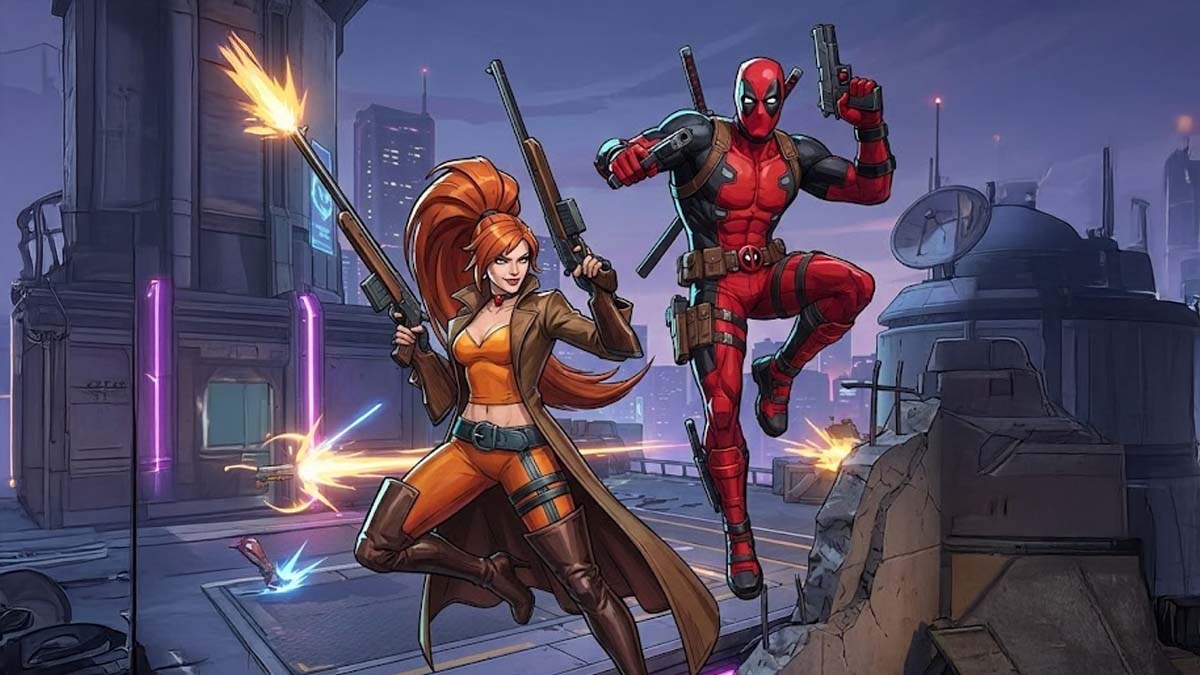You can trust VideoGamer. Our team of gaming experts spend hours testing and reviewing the latest games, to ensure you're reading the most comprehensive guide possible. Rest assured, all imagery and advice is unique and original. Check out how we test and review games here
Fantasy MMORPG Rift has seen a “huge increase” in users following its transition to a free-to-play model last month, senior design director Simon Ffinch has told VideoGamer.com.
Explaining the reasons behind Trion’s decision to drop Rift’s subscription based model for a new free-to-play model, Ffinch revealed that the publisher “decided the industry had moved to a point where [free-to-play] was almost expected really, so we made the choice a while ago and made sure that we were going to do it the way that we felt was right for Rift.”
Despite Rift’s success, however, future MMOs The Elder Scrolls Online and Final Fantasy XIV: The Realm Reborn are both expected to adopt a traditional subscription-based model. But whether the market will continue to accept such titles is “almost impossible to predict”, Ffinch says.
“I think personally, [our] decision is that the market has moved to free-to-play almost as an expected model. It’s like, ‘I don’t want to pay for something upfront until I know whether I like it’. That is the kind of attitude that gamers have these days. ‘I want to be able to play this thing for free, and then when you have proved to me that this is worth spending some money, then I’ll spend some money on it'”.
The number of users spending money on Rift following its transition to free-to-play, however, Ffinch refuses to say.
“I do have actual figures but none that I’d like to share,” he says. “There are people that would love to know, though.”
Activision Blizzard and EA – publishers of two of Rift’s biggest competitors – are likely two of them. Subscription numbers for Rift’s main competitor World of Warcraft dived in the previous quarter, with Star Wars: The Old Republic adopting a free-to-play model at Christmas following its failure to maintain subscribers.
When it comes to adopting a free-to-play model, though, achieving the right balance with monetisation is key, Ffinch suggests.
“I think it’s a bright future for free-to-play games,” he continued, “and that players will support the games that do it right and they love playing, and the ones that don’t will either have to change or they won’t be around any more.”







